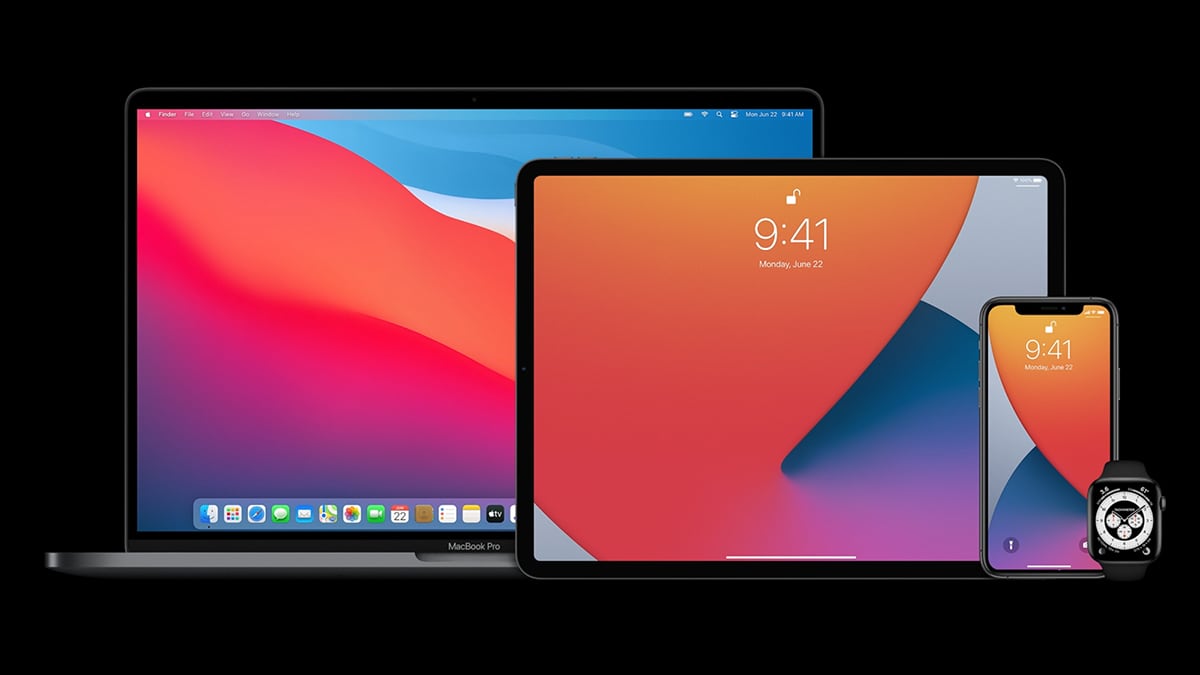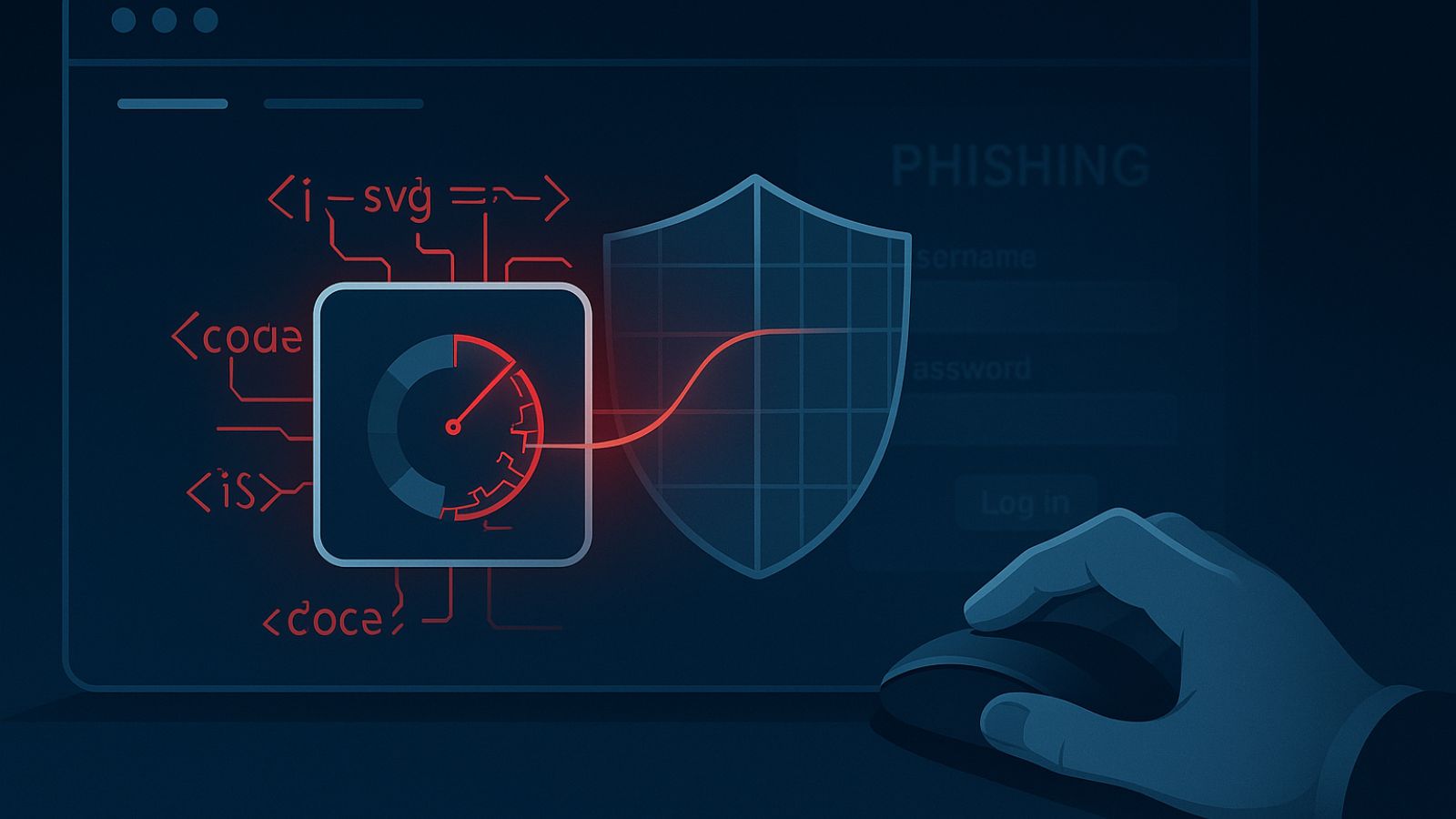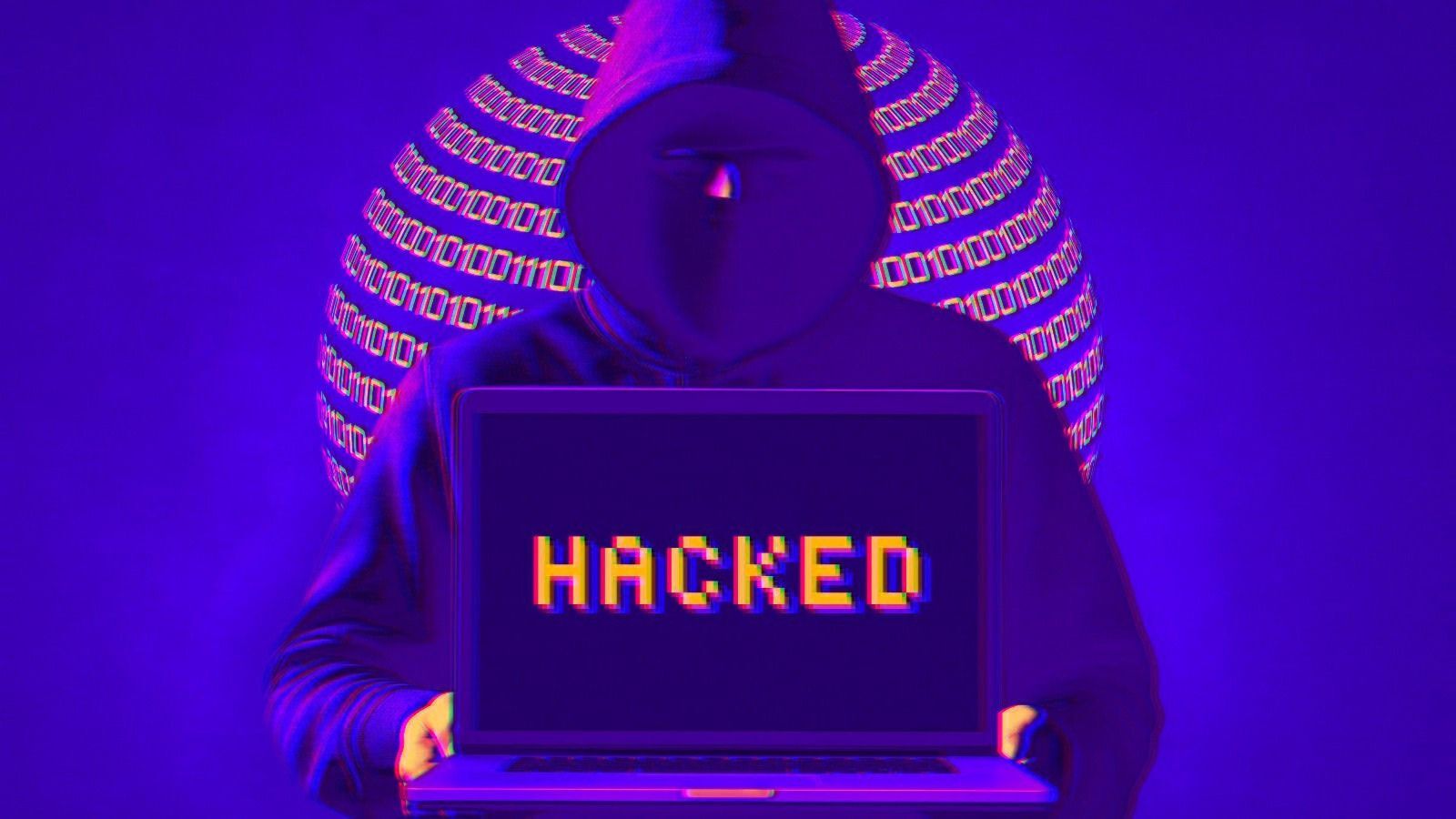
Apple’s New Chip (Apple Silicon) Promises Better Performance & Longer Battery Life
- Apple’s new processor will replace Intel chips in the company’s entire lineup of desktop computers and laptops.
- Apple Silicon is promising to bring much better performance while being drastically more energy efficient.
- This transition begins with macOS Big Sur (to be released this fall), with the first computers arriving by the end of the year.
In a somewhat unsurprising move (check our analysis of WWDC20 expectations), Apple has announced that its custom-made chip is finally capable of powering a desktop-grade computer. Called 'Apple Silicon,' the new chip brings an entirely different type of software architecture supported by macOS Big Sur.
Apple has taken its time during the WWDC20 keynote to explain what this transition means and what benefits it brings, so we’re offering our detailed report below. Let’s take a closer look at Apple Silicon and how this technology is promising to change Mac’s desktop experience.
The Biggest Leap Yet – and the Most Technologically Advanced One!
Apple's WWDC2020 Keynote Screenshot (Image Courtesy of Apple).
Long-term Mac users remember Apple switching to Intel CPUs back in 2005. The first operating system that supported this transition was Mac OS X Tiger, running on the very first Intel-based Mac. Introduced by Steve Jobs at WWDC 2005, this transition was announced as a way for Macs to reach a new level of performance and energy efficiency. This was true back then, but things have drastically changed in the last decade (and especially in the previous year).
Considering that Intel’s processors are not as cutting-edge as they used to be, Apple has been slowly but steadily building its own chips. Today, these can be found across iPhones (check out what’s new in iOS 14), iPads (here’s what’s new in iPadOS 14), Apple Watches (learn more about watchOS 7), Apple TVs, and more. However, considering that Apple’s chips are now capable of running a desktop computer by providing more 'performance per watt' than its competitors, the company has officially announced this two-year transition.
The Transition Supported by Apple’s Own Software
Apple's WWDC2020 Keynote Screenshot (Image Courtesy of Apple).
Considering that Apple Silicon chips are ARM-based chips, they require different software architecture. Starting with macOS Big Sur (to be released this fall), Apple will offer an operating system specifically designed to run on Apple Silicon chips. However, for this transition to be successful, third-party developers will also need to update their apps.
To help with this transition, Apple is already offering Xcode 12 with everything built-in related to Apple Silicon, including native compilers, editors, and debugging tools. Then, there are Universal 2 binaries that will help developers create apps for Apple Silicon while also supporting Intel-based Macs. And even if a developer doesn’t update their app, macOS users will rely on Rosetta 2 to automatically "update" the app to run on the new system.
This means that transitioning to Apple Silicon should be as smooth as possible, even though this a significant leap forward for the Mac. Thanks to virtualization technologies and Apple's support for Intel-based Macs for years to come, users will get to transition at their own pace (and as smoothy as possible).
iPhone & iPad Apps Poised to Get to macOS Big Sur
Apple's WWDC2020 Keynote Screenshot (Image Courtesy of Apple).
Apple Silicon chips are desktop-grade chips that are close to identical to Apple's chips used in iPhones and iPads. Considering that we're talking about the same software architecture here, iPhone and iPad apps will get to run on Mac computers – without being transitioned by their developers. During the WWDC20 keynote, Apple has promised to bring a vast number of iOS and iPadOS app to macOS' App Store from day one – and this includes professional applications and graphics-intensive games.
As you can see, this transition is at its beginning right now – and comes with numerous long-term consequences. As all of Apple’s products will have a common architecture soon enough, this means that developers will get to write and optimize software for the entire Apple ecosystem at once.
The “Universal App Quick Start Program” Is Already Live
Starting today, developers can rely on resources provided by Apple to begin transitioning their software. This includes applying to the Universal App Quick Start Program, which consists of extensive documentation, forum support, and beta versions of macOS Big Sur and Xcode 12.
The program also includes the limited use of a DTK (Developer Transition Kit) that allows developers to test their software. This is a Mac Mini with Apple's A12Z Bionic chip, 16GB of RAM, 512GB of internal storage, and a variety of I/O ports. The total cost of the program is $500, and developers can apply at developer.apple.com.








